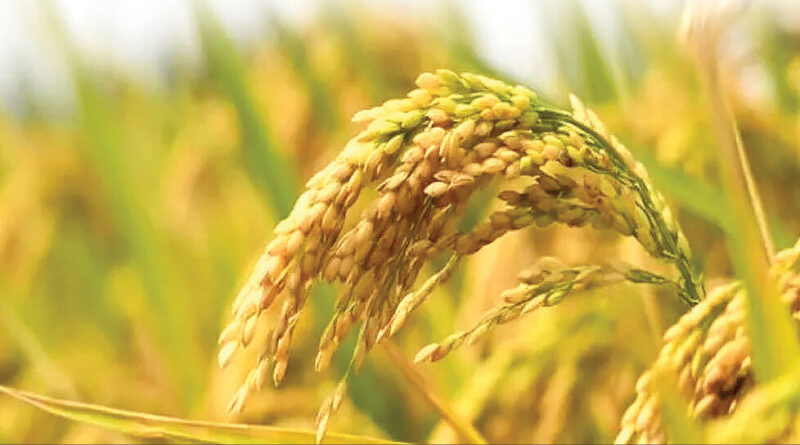Telangana farmers worried as groundwater levels drop, temp rises
By MVK Sastry
Agriculture officials from Kamareddy and farmers from various villages are expressing concern over paddy cultivation as groundwater levels are dropping and temperatures are increasing on a daily basis. Presently, paddy farmers in Machareddy mandal, where paddy is being cultivated in over 22,000 acres, are encountering difficulties.
Sources said that due to the declining groundwater levels, some farmers are feeding dried paddy crops as fodder to the cattle, especially in Ghanpur. The situation in Machareddy and Palvancha mandals may potentially affect other mandals in the near future.
The district is located at a relatively higher altitude above the mean sea level, with the exception of Banswada, which is low-lying. The district comprises 22 mandals, with most farmers relying on rainfall for their crops. Recognising extensive paddy cultivation this year across all villages, the state government had started procuring paddy accordingly.
District Agricultural Officer Bhagya Laxmi said that despite being advised, some farmers proceeded to cultivate paddy without being concerned about groundwater depletion and increasing temperatures.
“Those who have completed harvesting are relatively unaffected, but delayed cultivation may pose challenges to the crop. Higher authorities are aware of the situation. Recent hail storms and untimely rains have caused crop damage spanning 26,000 acres in the district. Now, the water scarcity issue is causing paddy crops to wither in several villages. Currently, the overall crop situation remains a concern,” she added.
Loyapally Sridhar Rao, a farmer from Ghanpur in Machareddy, said that because of decreasing groundwater levels, paddy crops have dried and are resulting in substantial losses for farmers in the region.
Officials said that some farmers are paying for water tankers to irrigate their paddy crops.
Farmers have reported power supply disruptions in several villages. Attempts to contact the Kamareddy superintendent engineer of NPDCL (Northern Power Distribution Company of Telangana Limited) were unsuccessful.
According to official figures, during rabi, paddy was cultivated across 2,45,564 acres, Bengal gram covered an area of 58,631 acres, sunflower cultivation spanned 5,510 acres, black gram cultivation occupied 1,755 acres and rajma beans were grown on 1,706.24 acres. Groundnut was cultivated on 1,016.38 acres and maize was grown on 40,370.11 acres, sugarcane covered 1,262 acres, soybean cultivation accounted for 525.07 acres, wheat occupied 1,130.38 acres while jowar (for fodder) was cultivated on 18.35 acres and red jowar covered an area of 18.80 acres.
Meanwhile, tobacco cultivation spanned 426 acres and regular jowar cultivation extended over 38,282.08 acres. Gaddi nuvvulu (niger seeds) were cultivated on 120.01 acres and sesame occupied 99.05 acres, horsegram covered 34.05 acres and green gram spanned 29.33 acres. Castor cultivation occupied 11.34 acres; in addition, other crops covered 101.37 acres.
This article has been republished from The New Indian Express.

